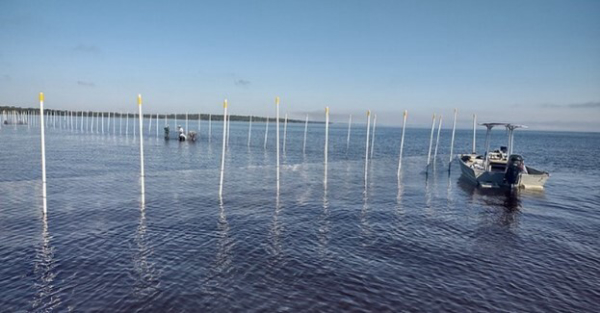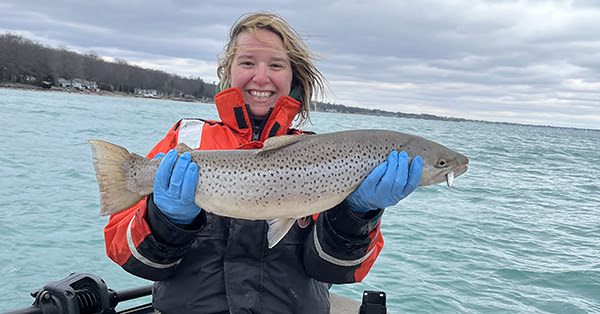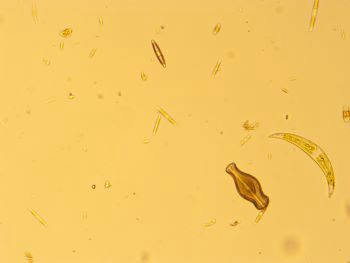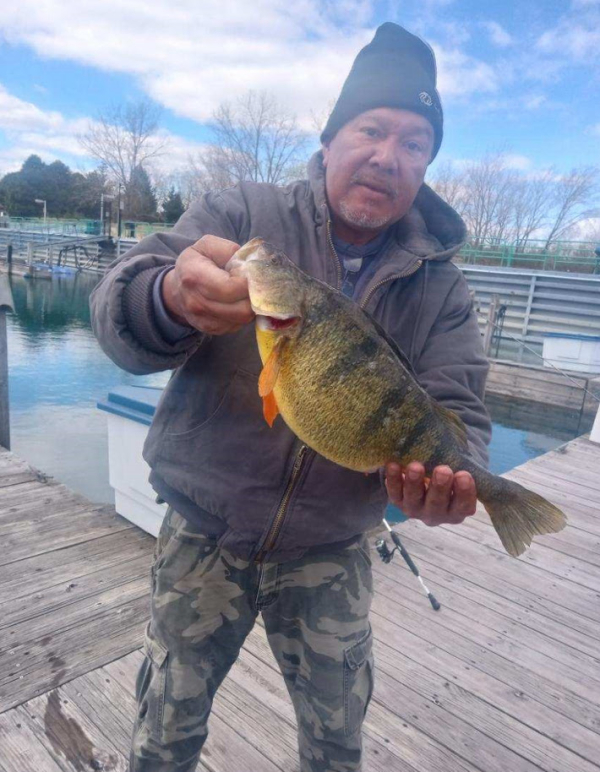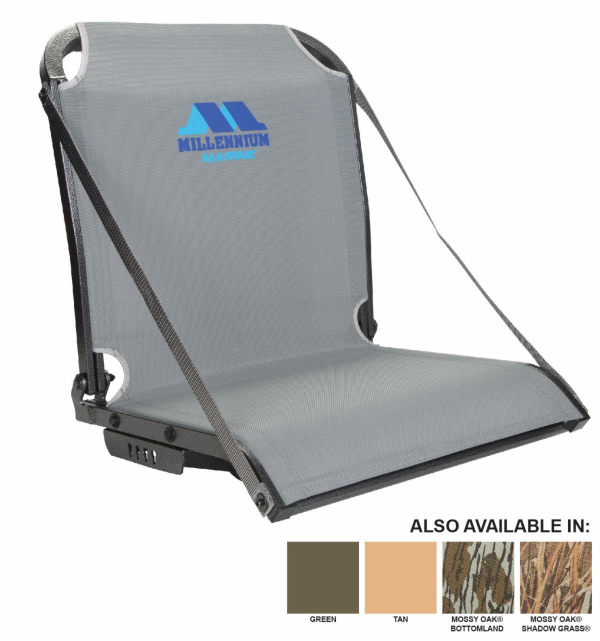By Glen Wunderlich
Charter Member Professional Outdoor Media Association (POMA)
The pop-up camper was loaded well in advance of what has become an annual trek for trout at the Rifle River Recreation Area in Michigan’s Otsego County. All manner of gear was neatly stowed, as my friend, Terry, and I headed north for a few days of fishing excitement. The weather forecast being monitored via cell phone had shown rain for our arrival time and it was pushing north just like we were. The moving picture showed we had a chance to pitch our tent before the threatening weather commenced.
The large tent would provide some elbow room in the camper by alleviating clutter in our living space and setting it up was the first order of business for good reason: The camper was filled with bulky items, which had to be removed before it could be occupied.
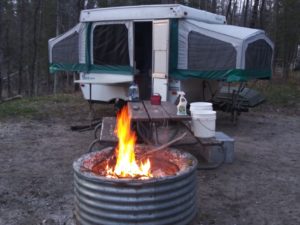
Spruce campground at the Rifle River Recreation Area
Like so many excursions over the years, it seems like most vivid memories are connected to events that had little in common with a kill or a catch; this was to be one of those moments.
The fog had graduated into mist only a few miles from our destination and we agreed it wasn’t enough to prevent changing our plans. The family-size tent had shock-corded fiberglass poles that had to be threaded through loops and having a helper to assemble the shelter was a welcome change for this seasoned camper. The mist had now advanced to a light rain, as we scrambled in earnest to assemble the monstrosity, as my pal, Doug, who was along with his own modern trailer/camper, disappeared directly to his dry den.
We laid down a plastic tarp for underlayment and began hammering down the stakes through the loops of tent’s floor, as the light rain evolved to a moderate downpour. We had reached the point of no return, as conditions had us fumbling forward. As with many modern tents, this one had a rain fly that had to be installed once the actual tent was erected, but we were not there yet. The open-air design of the tent’s screened roof was typically a welcome design, but not this time; the now heavy rain was pouring through the mesh and our clothing – exactly what we had hoped to avoid! Too late for that.
As if the rain wasn’t enough to hinder assembly, the ever-increasing wind provided another measure of difficulty, before we finally managed to get the fly attached. We finished the arduous task and scurried to the camper to transfer gear. After cranking up the old camper’s roof, another dilemma was apparent: The camper’s door had broken from its mount and required repair before we could proceed, as Mother Nature grinned at our misfortune.
It didn’t take long for an assessment and a necessary trip to town for sheet metal screws. Fortunately, Doug had a cordless drill and we returned with the requisite fasteners and expertly had that door working like new in short order. The trouble was that we couldn’t transfer any gear to the tent until we sopped up many gallons of water puddled on the floor. Terry and I grabbed some towels and a bucket and went to work in our wet garments and finished the task, as Mother Nature had enough fun with us and abruptly turned off the skyward spigot.
Doug reappeared totally dry and must have been content with his hard-shell haven. Before our outing was finished, however, he entered into one of those memorable moments of his own.
As I fished on the slippery bank, Doug grabbed a rod and was attempting to reposition himself for a cast nearby. He began slipping on the mud and futilely grabbed one of my rod holders that had been stuck into the ground. He bent the steel rod 90 degrees as it came loose from its mooring, and his right leg involuntarily tested the water temperature, narrowly avoiding a total body plunge. The maneuver was enough to change his plans and he stormed up the hill thus ending his maiden Rifle River fishing adventure.
Yeah, I caught a few fish – barely enough for a taste. However, I doubt that will not come to mind, as we reminisce over time.
